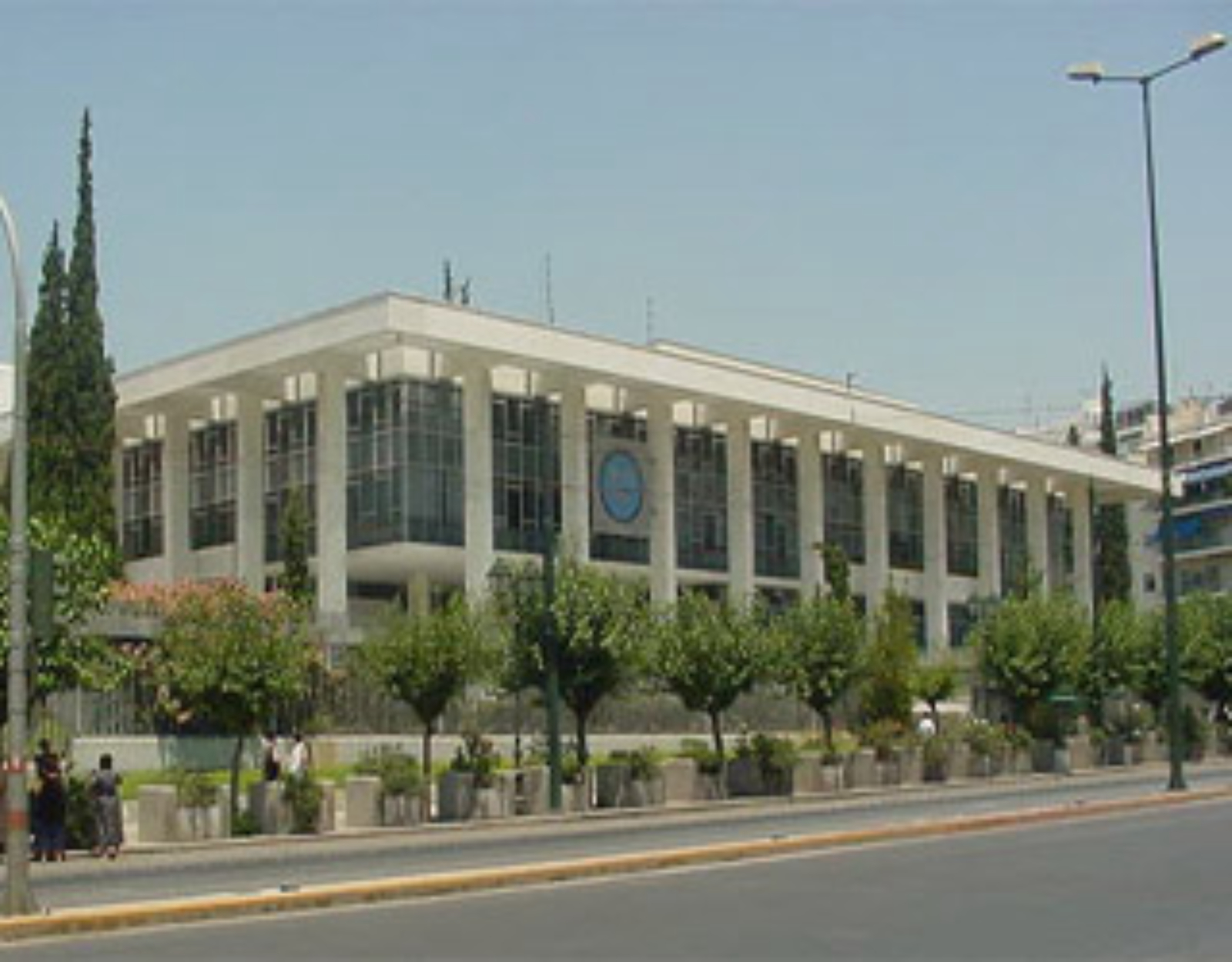Site overview
The Athens Chancery, by architect Walter Gropius, one of the most celebrated representatives of the famed Bauhaus School, is a modern tribute to ancient Greek architecture. The architect designed the building as a metaphor for democracy in the country to which modern democracy owes so much. Completed on July 4, 1961, the three-story edifice is markedly open. The landscaped courtyard provides a place for discussion and meeting. The white columns and brilliant reflective surfaces of the exterior façade are clad with Pentelic marble, the famous stone used in the Parthenon, other buildings on the Acropolis, and throughout the ancient Mediterranean. Black marble from Saint Peter, Peloponnesus, gray marble from Marathon, and other native Greek marbles are used throughout the building. The beautifully-turned wood stair railing was made with Greek pearwood by Greek artisans. Contemporary architecture magazines described the chancery as “a symbol of democracy at the fountainhead of many old democratic and architectural traditions” by “one of modern architecture’s Olympian figures,” Walter Gropius, and his associates at The Architects Collaborative (TAC). Gropius said that he sought “to find the spirit of [the] Greek approach without imitating any classical means.” The Athens Chancery remains a fresh and optimistic bow to the classical ideal and one of the most prominent Bauhaus buildings in Greece. (Adapted from the Secretary of State's Register of Culturally Significant Property)



